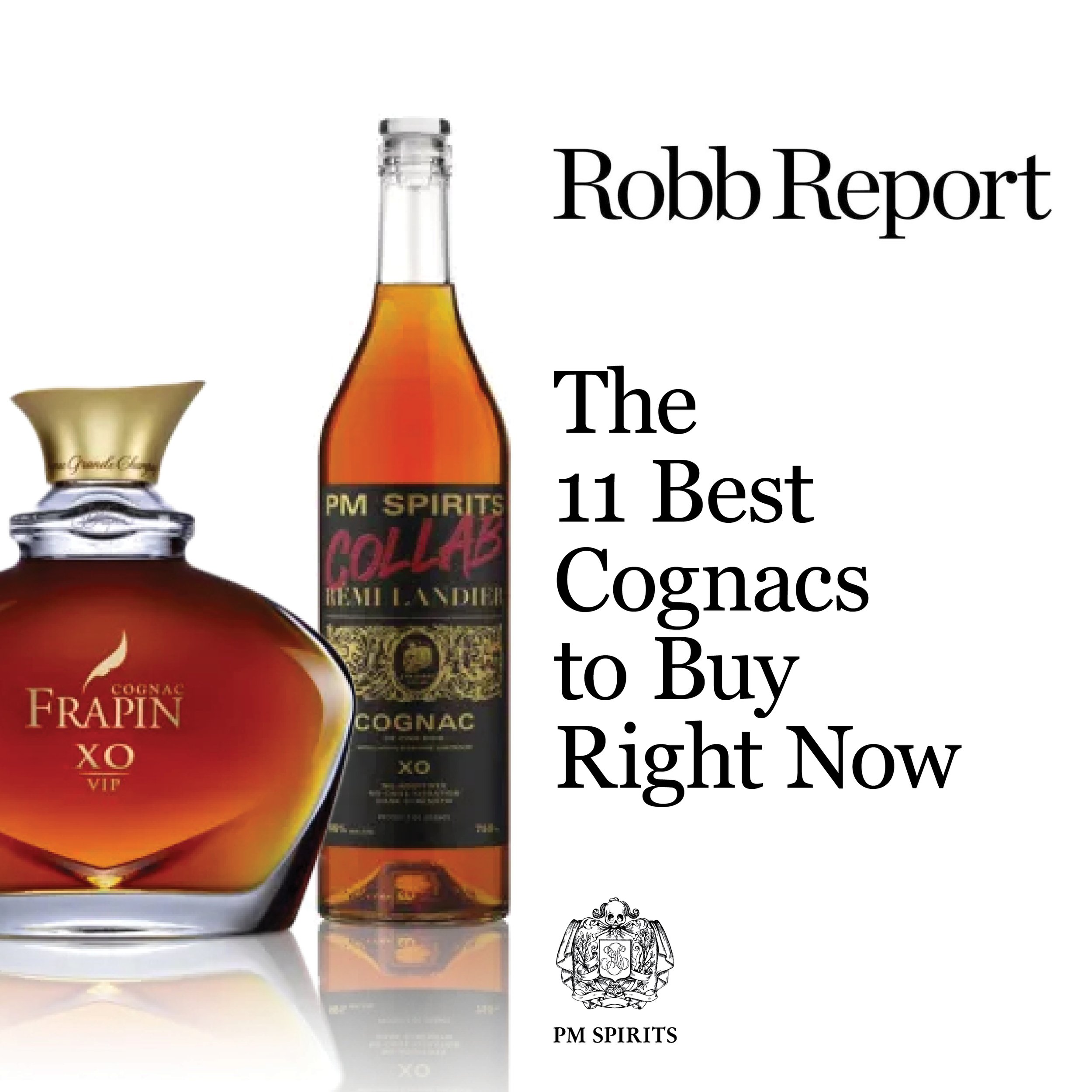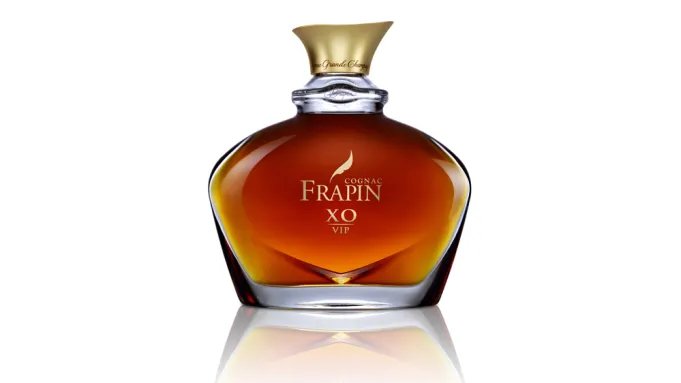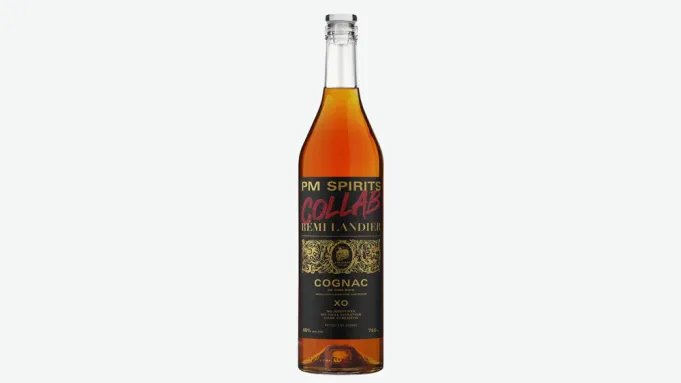Cognac might not get as much attention as whiskey, particularly when it comes to bourbon or single malt scotch, but there’s a whole world of this French spirit to get familiar with and sample. There are a few rules to know—Cognac is a brandy made from grapes in the eponymous region or France that is aged in French oak barrels, either new or ones that have been used to age grape-based spirits. There are a few age designations to understand, from V.S. (at least two years old) to X.O. (minimum 10 years old). Cognac can be used to make a wide variety of cocktails, but is wonderful to sip on its own as well. We’ve put together a list of some of the best Cognacs in different categories to help you navigate this growing field, so happy hunting and santé.
Our Best Cognac Picks
Best X.O.
Frapin X.O. VIP
X.O. (“extra old”) is the next level of age in Cognac, a designation that means the eau-de-vie has been matured for a minimum of 10 years. X.O. is prime sipping Cognac, and one of the best in this category comes from Cognac Frapin. This is a single estate expression made from grapes grown in the Grande Champagne cru, and the eau-de-vie is aged in the humid cellars onsite. This is a thoroughly sophisticated sipper, with notes of caramel, chocolate, and dried fruit on the palate.
Best Single Cask
PM Spirits Rémi Landier XO Single Cask Collab
PM Spirits sources a wide array of spirits from different producers in various countries in all spirits categories. This Cognac is a small release that is worth tracking down, and it’s notable for being a single cask release as opposed to a blend of barrels. The producer is Remi Landier, a small family business that has been around since the 1970s. This particular Cognac was distilled in 1997, and is a blend of eau-de-vie from Fin Bois and Petite Champagne. If you’re looking to really expand your knowledge and palate in the world of Cognac, give this bottle a try.
https://robbreport.com/food-drink/spirits/best-cognac-brands-1235451298/









